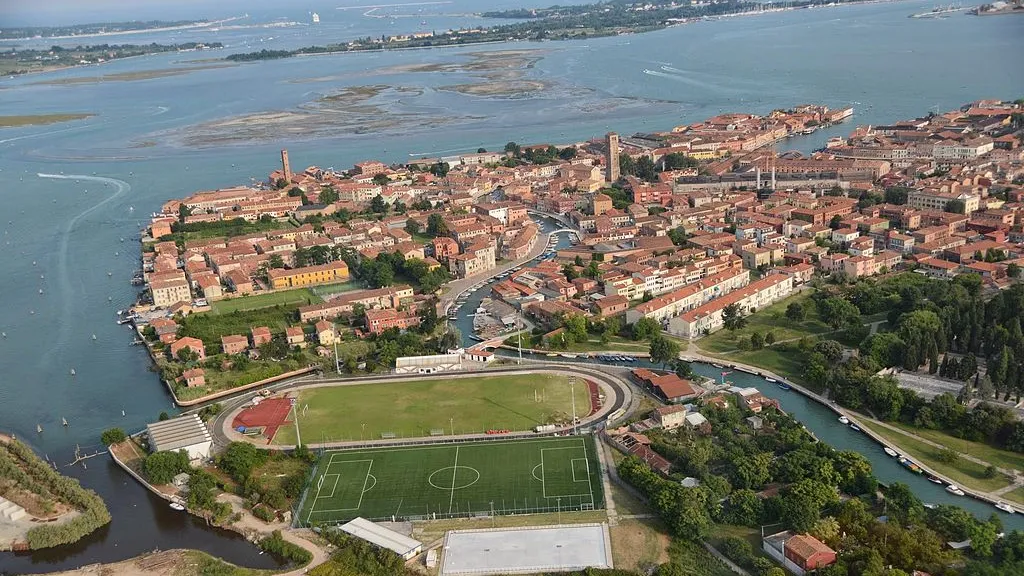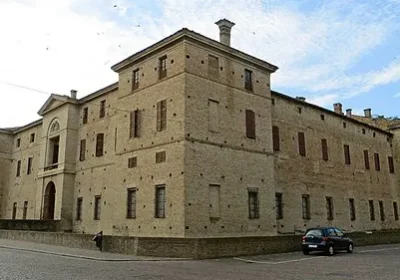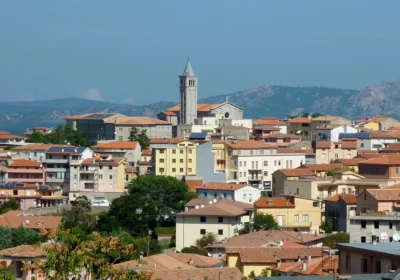Murano Island: “the island of glassblowers”
The island is located in the Venetian Lagoon, 1.5 kilometres from the Fondamente Nove “big Venice” pier.
Murano is not architecturally distinctive from the other islands of the lagoon and generally resembles a smaller copy of Venice. Yet the island is world-famous for its centuries-old tradition of glassmaking.
Glass was once produced in Venice itself, but since the end of the 13th century it has been moved to Murano for a number of reasons, so it is more accurate to say “Murano” rather than “Venetian” glass.
In Murano, glassblowers have perfected their craftsmanship and so filigreed their work that Murano glass has become a true brand, popular with the highest and most titled persons.
Today, as it has been for centuries, Murano glass is a symbol of high quality and original ideas of Italian craftsmen who create real objects of art for refined and elegant interiors. In addition, Murano glass jewellery in one form or another is also very popular, chosen by celebrities and top models.
It is always possible to get into a glassblower’s workshop and see the amazing process of making glassware. Of course, you will not be allowed to “blow into the tube”, because this is a scalding dangerous business for non-professionals, but even from just contemplating the action the impressions are unforgettable! A glassblower who left the island was considered a traitor and could be killed by order of the “Council of Ten”.
Murano skilfully made things that were unavailable to anyone in Europe, especially mirrors and spectacles.
In the Renaissance, when it became fashionable to be closer to nature, aristocrats built their summer residences on Murano, and here, as elsewhere in Malakhovka, summer intellectual life blossomed with conversations about philosophy, art and astrology. The district is still an autonomous mini-urban: there are churches, palaces and all the necessary services, Murano attracts tourists, of course, not any special attractions. The island is world-famous primarily for its centuries-old tradition of glassmaking, which dates back to the 13th century, when Venetian merchants brought samples and recipes for glass production from Byzantium.

















